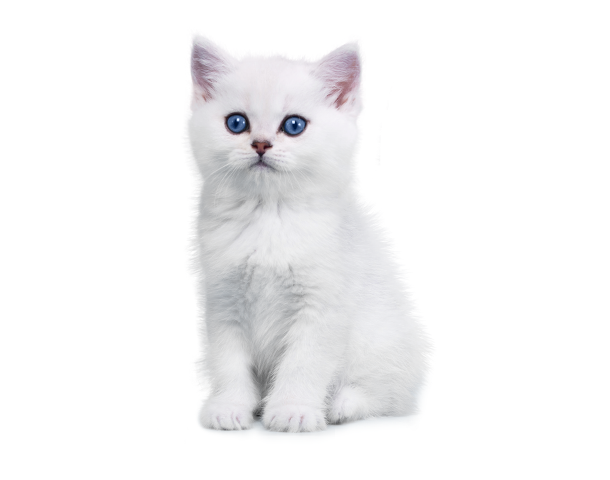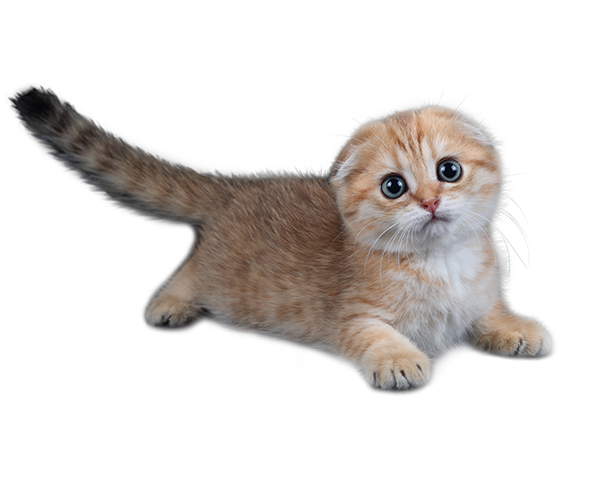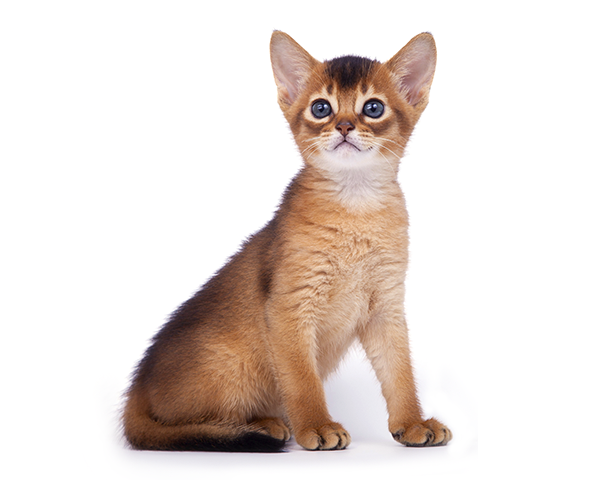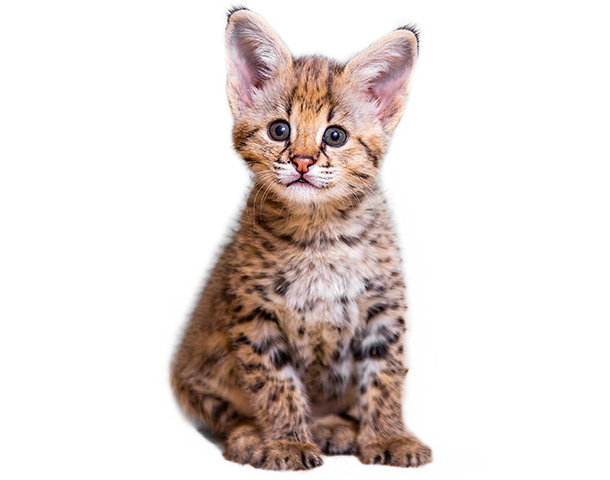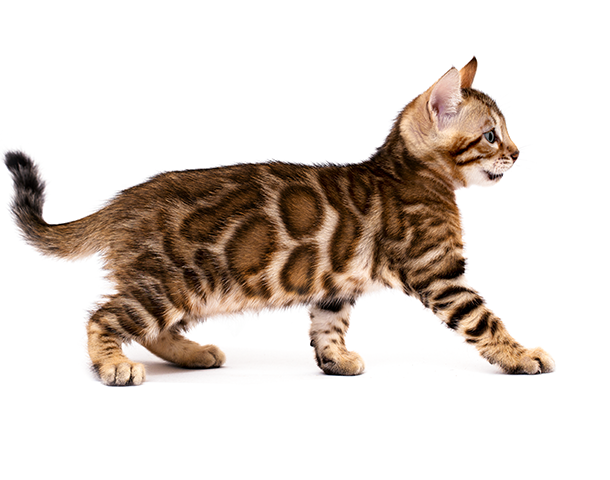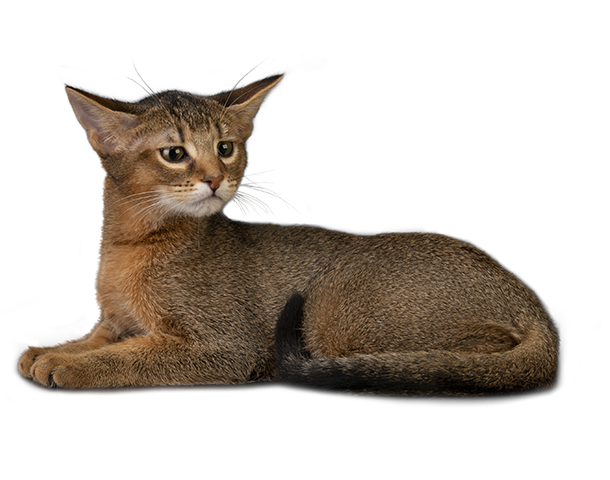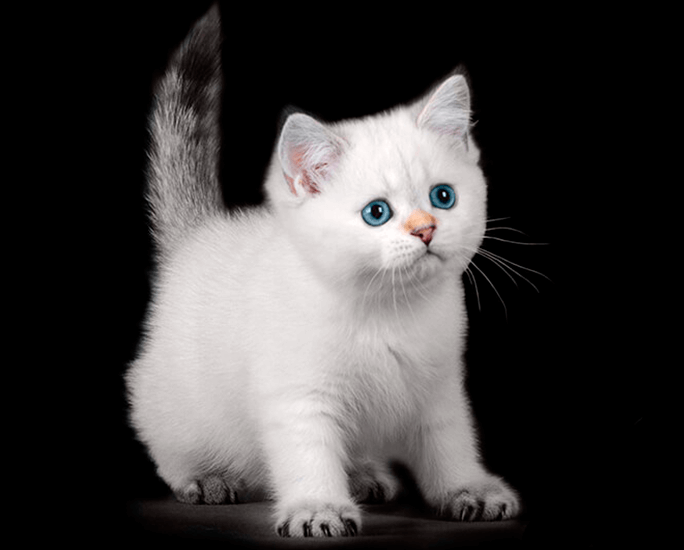History of the British cat breed
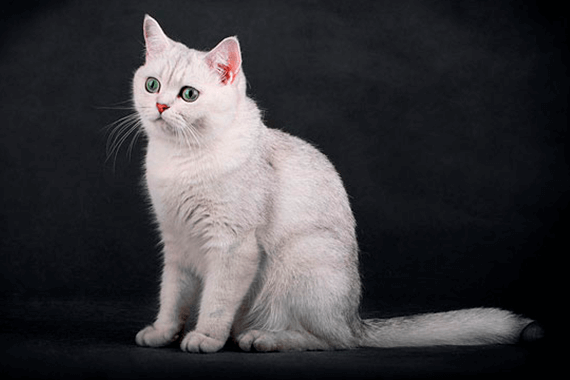
The British Shorthair cat breed is one of the most popular cat breeds. Many believe that British cats originated in the United Kingdom. In fact, the cat, the ancestor of the modern British Shorthair cat, sailed to the Foggy Albion Islands on a ship of the Roman Empire during the invasion of Roman troops in Britain. This happened about 2000 years ago. This cat has taken root perfectly in the new land – over the centuries, a type of cat with round eyes and a muzzle has formed in the British Isles, with a short dense coat that protects well from moist air and insects. A vagrant lifestyle has formed a strong, strong, calm animal, capable of honorably getting out of any difficult situation. With its hunting skills and peacefulness, the British Shorthair cat breed has earned its place in the human home.
Breeding work on the British Shorthair cat breed began only at the end of the 19th century. The British decided to breed a cat breed that would be purely English: it would combine an attractive aristocratic appearance and all the advantages of aboriginal shorthair cats.
The bred breed was called the “British Shorthair”, and first of all it owes its creation to Harrison Weir, the father of the cat lovers’ movement.
The first British Shorthair cat breed was presented at an exhibition in London in 1880, and the first pedigree was issued in 1898. The main color for British cats then was blue.
World War I caused a great decline in the cat lovers’ movement. There are few quality representatives of the British Shorthair cat breed. Experienced breeders tried to restore the breed by connecting domestic cats with the right features. To restore the type, some breeders began to breed British Shorthair cats of the Persian breed. Offspring from such matings were not registered as British Shorthairs and the breed continued to decline in numbers.
Breeder Kit Wilson made a great contribution to the preservation and development of the breed. Interested in the breed in the 1930s, with the help of other experienced breeders, she helped keep the British cat breed alive during World War II and the Great Depression.
By the end of the war, there were very few quality British Shorthairs left. To improve genetics, breeders involved in breeding domestic shorthair cats and cats of other breeds, such as Russian Blue, Chartreuse. This improved health but caused a deviation from the breed standard. I had to return to work with the descendants of the crossing of the British cats with the Persian breed.
Short-haired domestic cats from Great Britain have long been exported to America. The exported animals were registered in the USA as Domestic Shorthairs (Domestic Shorthairs). In 1950, American associations recognized the British Shorthair as a separate breed and named it British Blue, other colors continued to be registered as Domestic / American Shorthairs (Domestic / American Shorthairs).
And only in 1980, 100 years after the first exhibition, the CFA approved the status of the Championship for the British Shorthair breed. Among the first to win at CFA shows were animals from the catteries BeMy, Denimar, Jedi, Beaufort, Anesa and Supakatz, they made a huge contribution to the development of the breed and formed the base of the current representatives of the breed. BeMy and Denimar catteries still exist and produce quality Brits.
Today, the British Shorthair is a completely established breed, which is recognized by all felinological organizations of the world without exception.
Development of the British Shorthair cat breed
The British cat breed is one of the natural breeds. At the beginning of the development of the breed, the British Shorthair cat was not much different from the European one. Winning the first cat show, held in London in 1871 at the Crystal Palace, the 14-year-old blue tabby British Shorthair had a very remote resemblance to the current representatives of this breed.
By the beginning of the 20th century, British cats were classified into classes by color (solid, tabby, spotted tabby, narrow stripped tabby, smoked, shelled, van, harlequin). Each color was separated into a separate class and had its own standard, but the general type was already familiar to today: a large compact body with a large large head and eyes, the coat is short and dense, even in texture.
As mentioned earlier, the breed received a fundamentally new development after the Second World War, when, in order to restore the type in the shortest possible time, the breeders decided to add the blood of Persian cats and Exotic cats to the selected cats.
This led to an improvement in the structure of the coat – a thick undercoat developed, and the color of the eyes became brighter and more saturated. Accordingly, the breed standard has changed. Since the late 50s, the nose of British cats has become wider and shorter, and the eyes have become rounder and more widely set.
The long path of directed breeding of British cats has led to the appearance of a stocky, round-headed, thick-cheeked cat. The modern British Shorthair cat is a medium to large-sized animal, powerful, dense, with a short neck, broad chest.
The British Shorthair should be well balanced on short legs with round paws. The head is round, with a strong chin, the nose is wide, short, the cheeks are well filled. The eyes are large, round and set wide apart. The coat should be short and dense (thick), elastic in texture (not tight to the touch).

